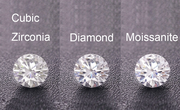
The gemstone quality should be evaluated when choosing between a moissanite band and a cubic zirconia ring. Moissanite is a more enduring gemstone than cubic zirconia, creating it a foremost choice for engagement rings. Because of its high refractive index, the light will be remembered more brightly from its surface due to its arrangement. Another factor that makes Moissanite the most excellent choice for engagement rings is the low cost of the gemstone. It’s also a perfect alternative to a transparent gemstone because it’s less likely to be scratched than a clear gemstone.
When choosing an engagement ring, the cost is usually one of the essential concerns when choosing a style, metal, and gemstone. Should you prefer traditional diamonds or an artificial stone such as Moissanite or cubic zirconium for your engagement ring? First and foremost, it’s critical to comprehend the distinctions between the two. Even though many people think the differences between Moissanite, cubic zirconium, and diamonds are insignificant, each stone has a distinct impression.
Moissanite Vs. Diamond Vs. Cubic Zirconia
What is Moissanite?
In distinction to most other gemstones, Moissanite is directly out of this world. Henri Moissan was found in 1893 when he found minute particles of what is now understood as Moissanite in a hole caused by a meteorite hit in Arizona. Moissan was the first individual to find Moissanite. Moissan initially accepted he had uncovered diamonds, but upon nearer examination, he discovered that the particles were composed of silicon carbide rather than carbon.
Moissanite is incredibly rare in nature, so most moissanite stones are presently created in laboratories. Even though Moissanite is created to look like diamonds, there are meaningful differences between the two.
Moissanite Vs Diamond
Moissanite has a lower hardness mark on the Mohs Scale of Hardness when corresponding to diamonds. The diamond scores a perfect ten even though it has a hardness of 9.25 (making it an extremely durable stone). The difference of.75 is not powerful sufficiently to overshadow the Moissanite’s superior durability. Neither stone is too soft to be worn as an engagement ring daily. However, a diamond stays the gold standard when it reaches hardness.
Regarding intelligence, Moissanite has a different effect than a diamond because of its arrangement. Moissanite’s unique faceted structure gives a rainbow-like effect when the stone is worn. However, while some customers like the pop of color, others believe the stone reaches a disco ball more closely than a diamond. The importance of this effect is only improved when the size of the stone grows. On the other hand, Diamonds are only involved with showing their famed shine.
Even though colorless diamonds have a white look, the so-called “colorless” Moissanite can have a yellowish or greyish tint to their arrival. It makes up for the weaknesses of Moissanite in terms of hardness, gloss, and color by delivering more affordable pricing. Moissanite engagement rings are substantially less costly compared to diamond engagement rings. Lab-created diamonds are less costly than inherently occurring diamonds, even though they are still more expensive than Moissanite.
Cubic Zirconia Origins
Cubic zirconia engagement rings are another famous choice for diamond engagement rings. This stone is created in a laboratory, but it is planned to have the same brightness as a natural diamond in appearance. The cubic crystal balance of zirconium oxide and the chemical makeup of zirconium oxide give it its name.
Cubic zirconia is positively prized since it is low upkeep while evoking images of diamonds in the customer’s mind. In distinction to Moissanite, Cubic zirconia can be made entirely colorless, putting it on par with diamonds in terms of color.
German mineralogists were the foremost to recognize naturally occurring cubic zirconia. Still, it wasn’t until the 1960s that single-crystal cubic zirconia started manufacturing, and the Soviets finally mastered the manufacturing process. Even though lab-grown diamonds and cubic zirconia are both caused artificially, there is a meaningful distinction between the two. In contrast to cubic zirconia, created to have the formation of diamonds, lab-grown diamonds are comprised entirely of carbon atoms (as opposed to mined or natural diamonds).
Diamond Vs. Cubic Zirconia
Cubic zirconia is substantially less pricey than diamonds when compared side by side. Therefore, cubic zirconia may be an inexpensive option for any consumer looking for a specific setting, design, or engagement ring. Additionally, the wait periods are often substantially less when ordering cubic zirconia instead of diamonds.
Even though cubic zirconia is still durable, its hardness does not become identical to that of a diamond; cubic zirconia has an 8.5 on the Mohs Scale of Hardness. On the other hand, CZ is inherently faultless since it has been artificially manufactured in a laboratory. On the other hand, Diamonds are only very seldom (if ever) perfect in appearance.
A diamond is your best bet if you’re looking for a stone that sparkles. As a result of having a far lower refractive index than a diamond, cubic zirconia collects light differently and glows less than a diamond.
Every gemstone has benefits and drawbacks, but a diamond is usually the favored gem utilized in an engagement ring. A diamond (whether mined or created in a laboratory) is rated a perfect ten on the Mohs Scale of Hardness, making it durable and suited for everyday wear. Furthermore, the color is pure and does not possess any yellow or grey hues; no other diamond option comes close in terms of glitter and brightness.
Of course, the price of a diamond is usually more than its worth, but the value of a diamond is also higher. This will result in a far more durable and intelligent stone for the wearer, who will be happy to show off their diamond engagement ring with families and friends.
Moissanite Vs. Cubic Zirconia
Moissanite is a more durable gemstone than Cubic Zirconia. When reaching the hardness of the two gemstones, CZ has less than one-half (45 percent) of the hardness of Moissanite, according to the Knoop indentation test (which measures hardness). The test results show that CZ 1370 outperforms Moissanite 3000, which suggests that Moissanite is 219 percent harder than diamond.
When corresponding toughness, which is the opposition to chipping and breaking, Moissanite comes out on top, with its chipping resistance being nearly 300 percent more than that of a diamond. The PSI of a CZ is 2.4, whereas the PSI of Moissanite is 7.6. Because of Moissanites’ excessively high hardness and durability, they will not scrape, chip, or wear like a CZ stone would.
In complement to having a high refractive index of 2.69, Moissanite has a refractive index of 25 percent more than a diamond. The higher the refractive index of a gemstone, the more brightness it originates when illuminated. The dispersion of light in Moissanite is 58 percent larger than that of cubic zirconia. As a result, Moissanite talks more about fire and bursts of rainbow light than cubic zirconia. Moissanite has a sheen that is 50 percent higher than cubic zirconia. The higher the luster of a gemstone, the more influential the quantity of light reflected off the gemstone’s facetted surface.
Moissanite has higher heat patience than CZ, a gemstone especially sensitive to heat. Particular jewelers may deny your request for alterations to your CZ jewelry, such as sizing or repairs, if you want to develop a cubic zirconia stone.
Conclusion
Even though cubic zirconia (CZ) is a more economical choice, Moissanite is the central diamond simulant due to its durability, brightness, and overall worth, making it the superior pick. Nothing can correspond to a diamond in stature and class, yet Moissanite seems near. Unfortunately, CZ will invariably be sensed as inexpensive and of little value.
When comparing the cost of Moissanite with diamonds, Moissanite is a more reasonable option. Couples are increasingly choosing Moissanite over a diamond ring as their engagement jewelry. Moissanite rings are an ideal alternative to diamond rings because no ethical problems are associated. On the other hand, diamonds are still more costly than the less pricey options, so it may be worthwhile to choose one over the other.
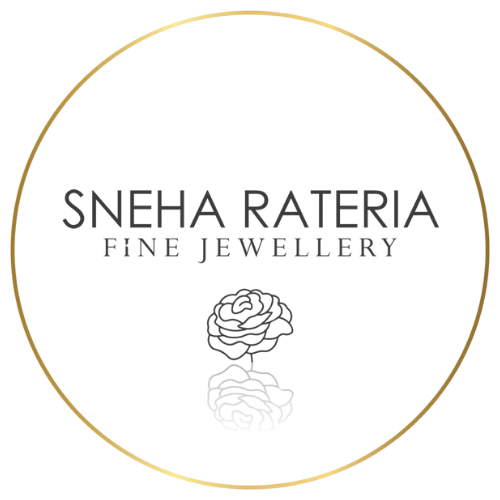

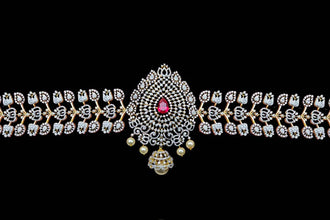
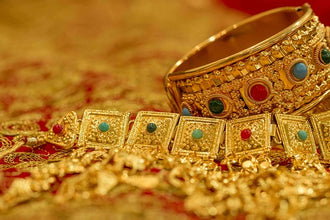
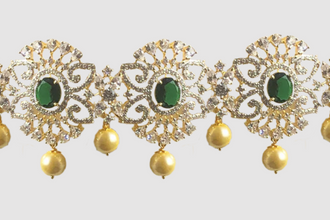
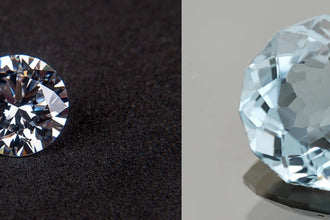
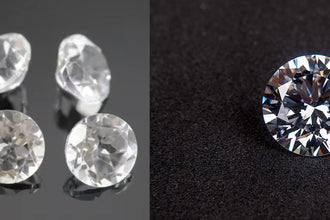
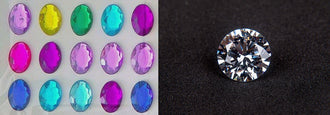
krk jewels /
KRK Jewels’ moissanite engagement rings offer brilliant sparkle, timeless designs, and lasting elegance.
https://krkjewels.com/
Swamy Jewellery /
Appreciating your content to enrich our digital lives is always nice, and your information will surely benefit many. In the spirit of mutual growth and learning, I would be honored if you could take a moment to visit my website at,
Best Jewellery Shop in Coimbatore
Me /
The moissanite and diamond picture are the exact same photo… disgusting.